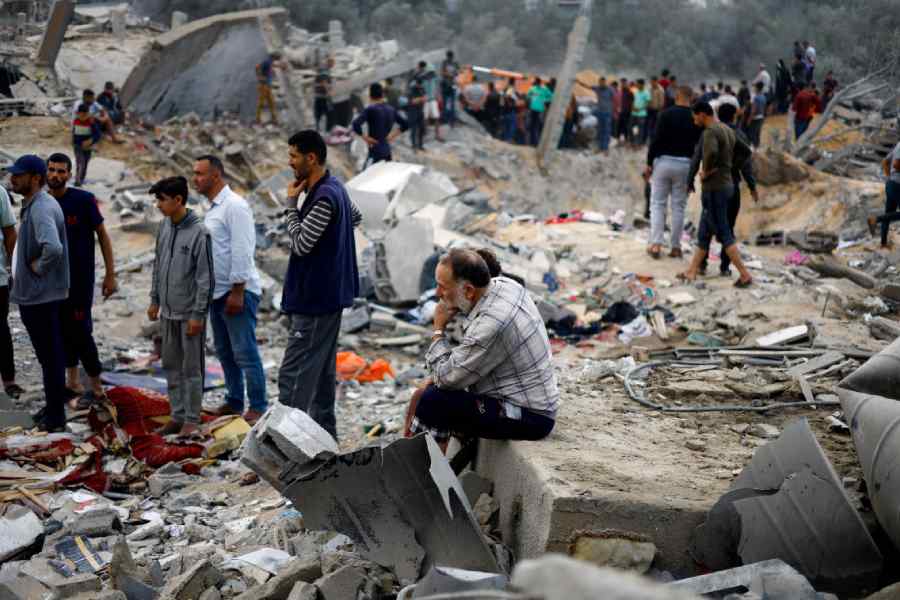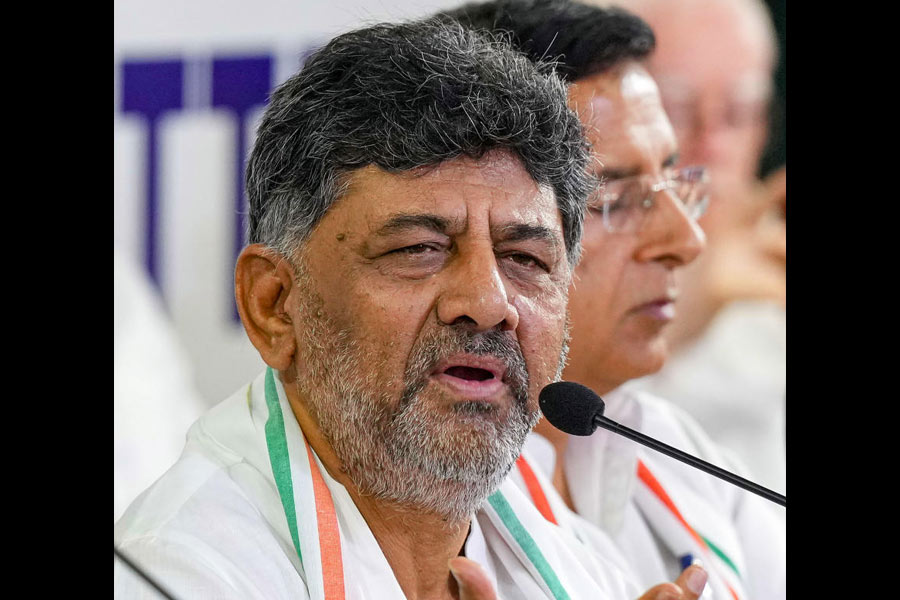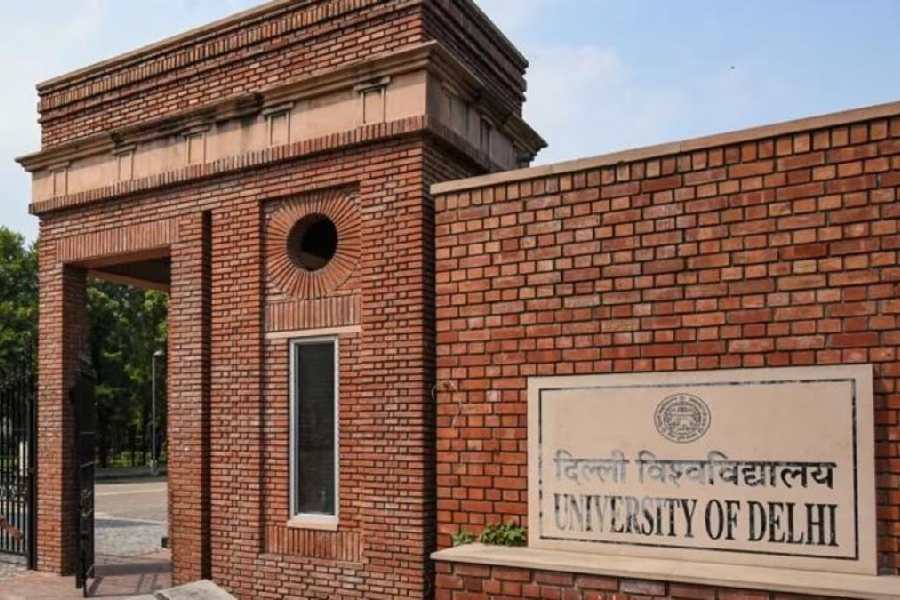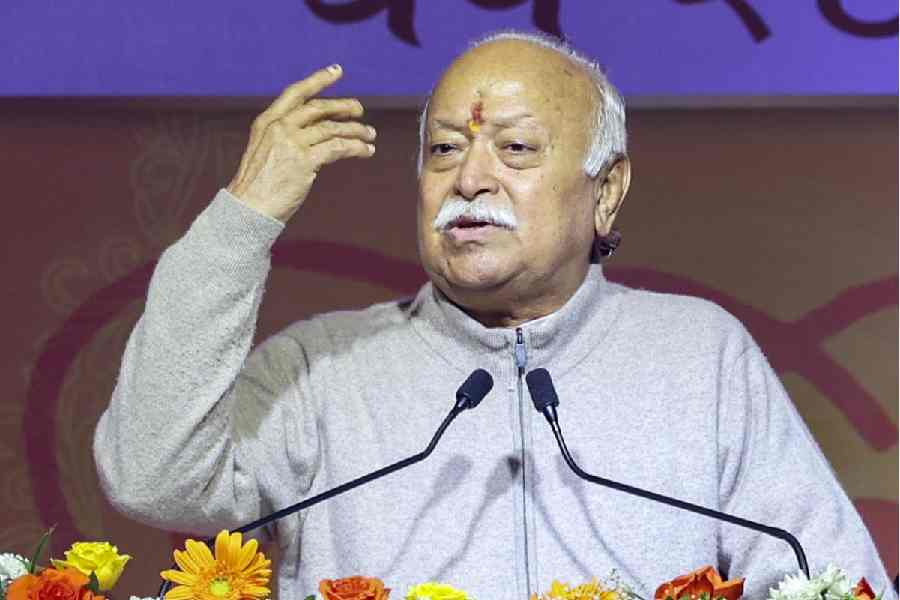As Israel dials back the intensity of its military campaign in the northern Gaza Strip, some residents say they are able to walk through war-ravaged neighbourhoods more freely, and that the sounds of gun battles and explosions are becoming less frequent.
The area is in ruins, with entire neighbourhoods unrecognisable, but the partial withdrawal of Israeli troops since early January has enabled residents to feel a dose of relief, if only temporarily.
Rami Jelde, 32, a resident of Gaza City, said that over the last four weeks, he had not seen any Israeli soldiers while walking the streets of what was Gaza’s most populous city before the war. He spent much of the past three months huddling with his family at a local church, alongside roughly 350 other Christians, in an attempt to evade nearly constant explosions. People “are starting to leave and walk around, get supplies, and hurry back”, said Jelde, who works for a Catholic relief group.
But coming to terms with the city’s devastation has been hard. “Walking through the streets of northern Gaza is like being in a zombie movie,” Jelde said.
Jelde said he had taken advantage of the relative calm to check on his home in Rimal, an upscale neighbourhood of Gaza City that was hit hard by bombing. The door to his partially destroyed home had been blasted off, he said, and strangers — displaced Gazans — were inside.
Israeli officials say the high-intensity phase of the campaign in northern Gaza has ended and the army has succeeded in degrading Hamas’s local battalions. Airstrikes have become less important as Israel has gained operational control of the area, an Israeli military spokesman said.
Food is still scarce with few aid shipments reaching the north, but makeshift markets have popped up with vendors selling what many residents presume are stolen goods.
New York Times News Service











